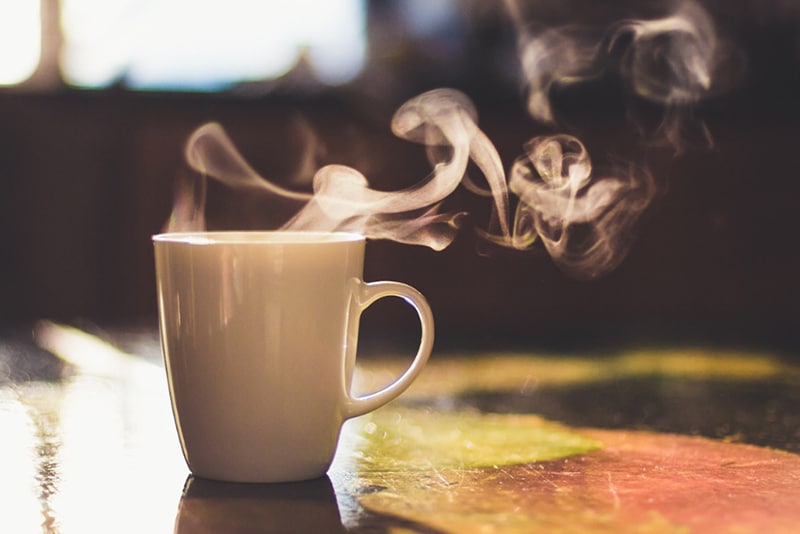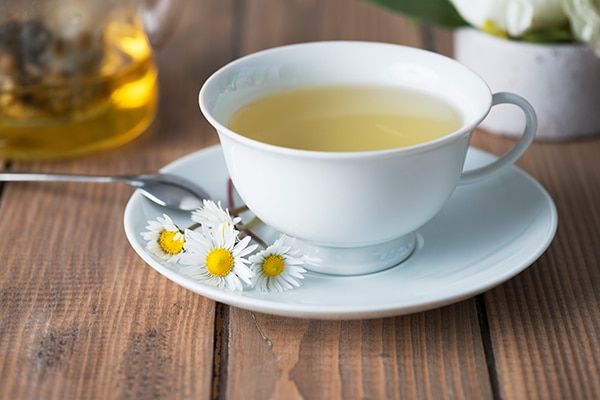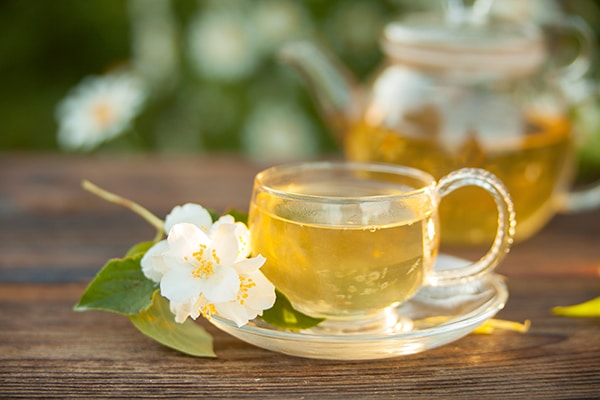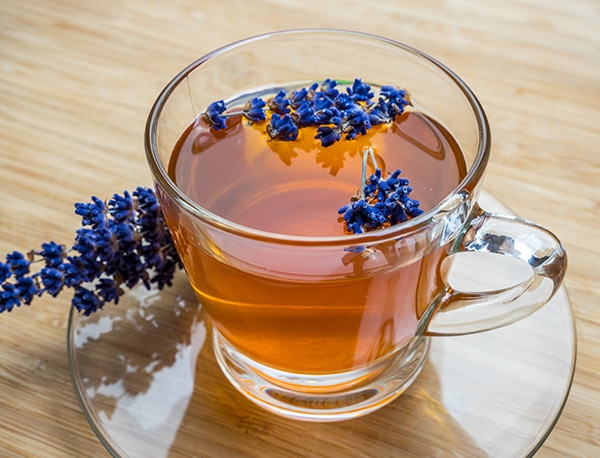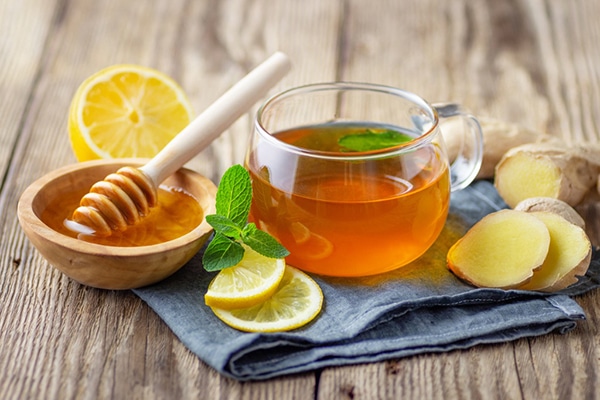In Texas, tea is often coupled with words like iced or sweet. But consider florals. Not only do floral teas look and smell beautiful, they pack plenty of health benefits.
“Some contain powerful nutrients like antioxidants,” says Nancy Georgekutty, MD, family physician on the medical staff at Methodist Mansfield Medical Center. “Most are also decaf. So if you have a history of heart palpitations, they’re a good fit.”
Here are a few you may want to steep:
Chamomile
One of the oldest herbal remedies is also one of the most consumed — more than one million cups of chamomile tea are consumed each day! Technically, chamomile is an herb, but it comes from a daisy-like flower. It contains the flavonoid apigenin that can help reduce blood pressure and packs in plenty of “anti” benefits: anti-inflammatory, antiviral, antibacterial, and anti-cancer. Research also suggests chamomile may ease colic in breastfed infants.
“When my baby had colic, I added a little chamomile to their milk,” Dr. Georgekutty says. The longtime home remedy is said to ease intestinal spasms.
Chamomile has anti-inflammatory, antiviral, antibacterial, and anti-cancer benefits.
Jasmine
This highly fragrant tea was popularized during China’s Ming dynasty, which was passionate about anything floral. Jasmine green tea, even though it has caffeine, is high in polyphenols, micronutrients from certain plant-based foods. Serving as antioxidants, polyphenols offer protection against the development of chronic diseases such as cardiovascular disease, cancer, diabetes, infections, aging, and asthma.
Lavender
One of the world’s most beloved plants, lavender’s subtle, calming oil is often used as aromatherapy. Brew a hot pot to soothe tension and relax.
“I also recommend lavender tea for insomnia and anxiety,” Dr. Georgekutty says. “It decreases your body’s stress hormone, cortisol.”
Peppermint
Not only helpful with oral health, the menthol in peppermint oil, which comes from inside the leaves, can help with irritable bowel syndrome. “Peppermint’s menthol has a relaxing effect on the intestinal smooth muscle,” Dr. Georgekutty says.
Make your own
Simply put, tea is a drink made by infusing tea leaves (and potentially other aromatics) in boiling water. Try it yourself by using fresh chamomile blossoms, lavender buds, mint, or your own combination. The reward will be much better than the dried version, which can often have a hint of bitterness.
One tea that is getting a lot of buzz right now is a fizzy tea called kombucha. Read more about it.

